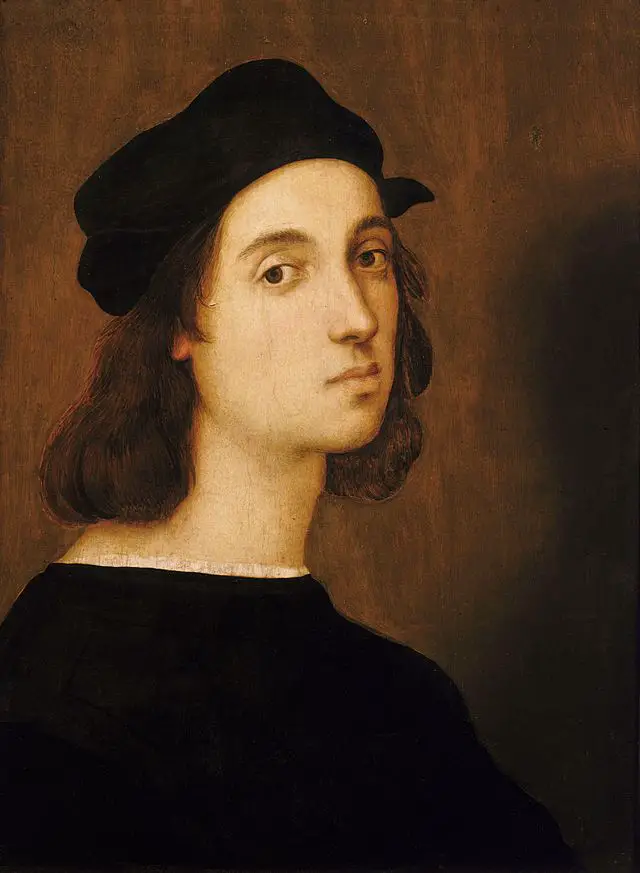On this day in Tudor history, 27th March 1489, the Treaty of Medina del Campo was signed between England and Spain. One part of it was the arrangement of the marriage between Arthur, Prince of Wales, and Catherine (or Catalina) of Aragon. It was signed by Spain on this day and ratified in 1490 by Henry VII.
Find out more about this treaty and the betrothal and marriages (yes, plural!) of Arthur Tudor, Prince of Wales, and Catherine of Aragon in today's talk.
Also on this day in Tudor history, 27th March 1555, nineteen-year-old apprentice William Hunter was burned at the stake for heresy after being caught reading a Bible in church. Yep! Find out more in last year’s video:
Also on this day in history:
- 1539 – Burial of George Talbot, 4th Earl of Shrewsbury, at St Peter's Church, Sheffield. He is known for his loyalty to the King during the Pilgrimage of Grace uprisings, which was seen as crucial to the failure of the rebellion. His offices under Henry VIII included Chamberlain of the Exchequer, Lieutenant of the Vanguard in the 1513 French campaign and Lieutenant-General in 1522 in the Scottish borders.
- 1563 – Death of Richard Pallady, member of Parliament and member of the household of Edward Seymour, Duke of Somerset and Lord Protector.
- 1599 – Robert Devereux, Earl of Essex, left London for Ireland as Lieutenant General.
- 1604 – Funeral of John Whitgift, Archbishop of Canterbury, at St Nicholas Chapel, Croydon Minster.
- 1620 – Death of Edward Lister, Physician-in-Ordinary to Elizabeth I and James I, in Aldermanbury in London. He was buried at St Mary's Church in Aldermanbury.
- 1625 – Death of James I at Theobalds, Hertfordshire. He was laid to rest in the Henry VII Chapel, Westminster Abbey on 5th May. John Donne gave the funeral sermon. James had been suffering with ill health for a few months, having kidney problems and attacks of arthritis and gout, followed by tertian ague and a stroke. It seems that he died during a severe attack of dysentery. He was succeeded by his son, Charles I.
Transcript:
In March 1489, King Henry VII’s ambassador, Richard Nanfan and Thomas Savage met the Spanish monarchs, Ferdinand II of Aragon and Isabella I of Castile, at Medina del Campo, in the present day region of Castile and Léon, to discuss a treaty between England and Spain, and on this day in Tudor history, 27th March 1489, the Treaty of Medina del Campo between the two countries was signed.
The treaty was important as it brought together England and Spain in what was described as “a true friendship and alliance” and the two countries promised “to assist one another in defending their present and future dominions against any enemy whatsoever”, mainly France! It also reduced tariffs between the two countries, encouraging trade. One part of this treaty was the arrangement of a marriage between Henry VII’s son and heir, two-year-old Arthur, Prince of Wales, and three-year-old Catherine (or Catalina) of Aragon, the Spanish monarchs’ youngest daughter. It was signed by Spain on this day and then ratified in 1490 by Henry VII.
According to the terms of the treaty, the marriage was to be contracted per verba de futuro, i.e. a betrothal by proxy, as soon as Arthur and Catherine attained the necessary age, and then contracted per verba de praesenti, an actual wedding, and consummated, as soon as the couple reached the necessary age for that. Ferdinand and Isabella agreed to pay Henry VII a marriage portion or dowry of 200,000 scudos, a scudo being valued at 4s. 2d. sterling at the time. Now I did a currency conversion on the National Archives for 4s 2 pence and in 1490 that was worth approximately £139.55 in 2017’s money, the closest I could get to 2020. So, 200,000 times that is nearly 28 million pounds – wow! This dowry was to be paid in two instalments, half when Catherine went to England and the remainder two years later. Henry agreed to settled a third of the Prince of Wales’ lands on Catherine, so that she would have an income if Arthur died.
Catherine and Arthur were betrothed by proxy at Woodstock on 15th August 1497, with the Spanish ambassador, de Puebla, standing in for Catherine, but Arthur there in person. Then, on 19th May 1499 at Tickenhall Manor, Bewdley, the couple were married by proxy, per verba de praesenti. Arthur was present, but Catherine, who was still in Spain, was represented again by de Puebla. This marriage was a binding one and the couple were now married in the eyes of the church even though they had yet to meet.
Catherine arrived in England, landing at the port of Plymouth, in Devon, on 2nd October 1501, and met her husband for the first time on 6th November, at Dogmersfield in Hampshire, a palace belonging to the Bishop of Bath and Wells. The fifteen-year-old couple went through a further wedding ceremony with both of them present at St Paul’s in London on 14th November 1501. Unfortunately, the marriage was shortlived as Arthur died on 2nd April 1502. Catherine went on, of course, to marry Arthur’s younger brother, King Henry VIII in 1509.



Leave a Reply